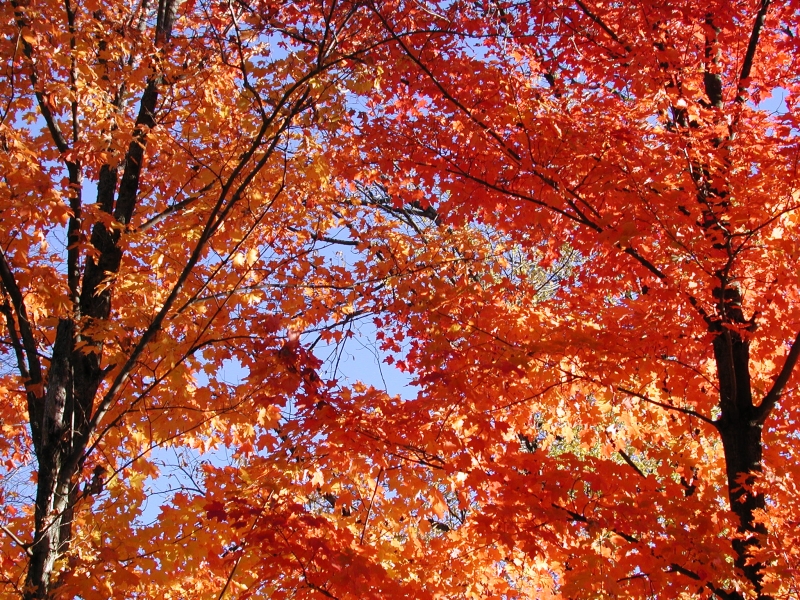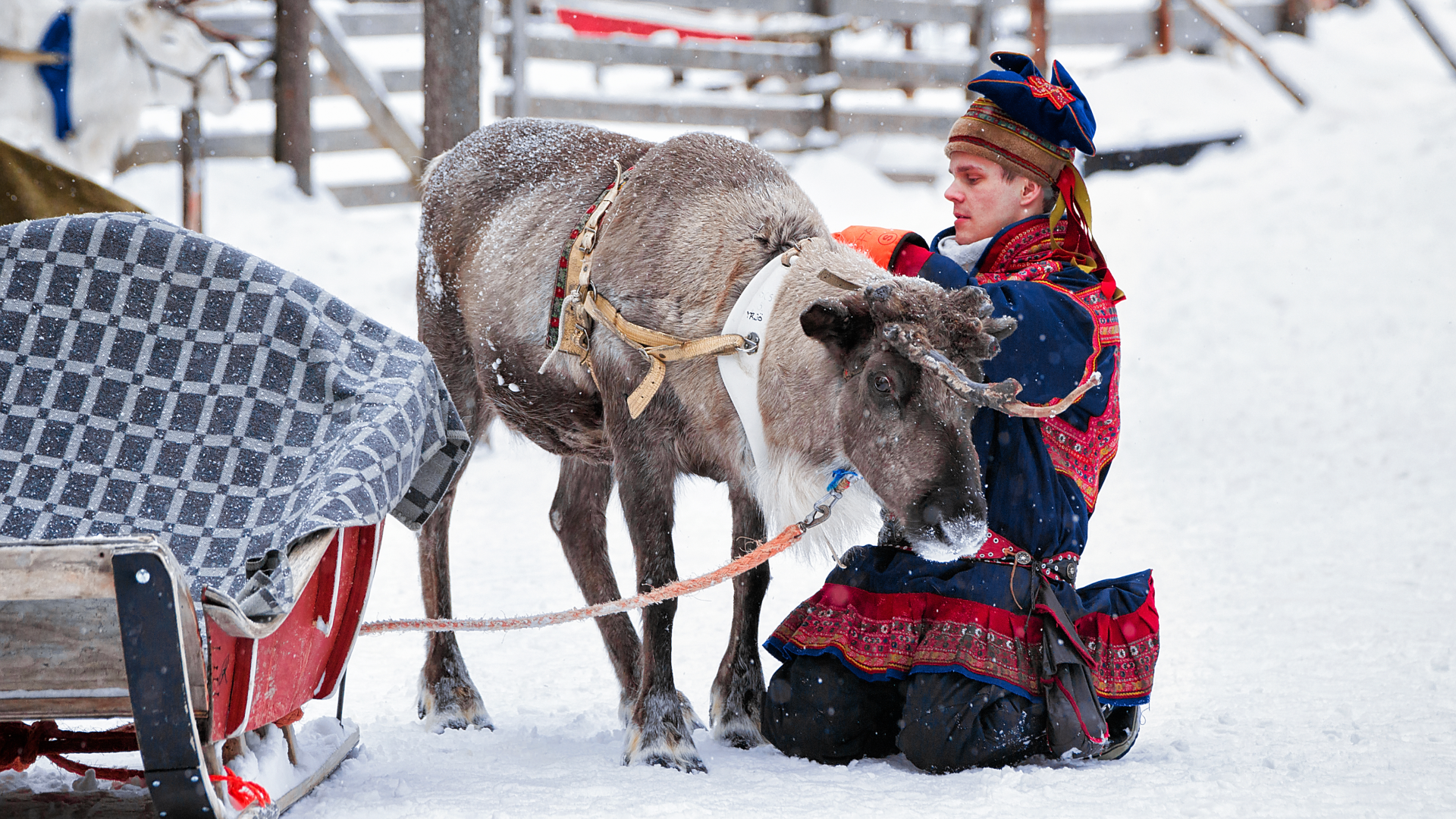
Leaf Peepers: Expect Spotty Fall Colors Around US

Leaf peepers should be prepared for a spotty season of colorful fall foliage in the Northeast and around the country, according to forecasters.
In areas with moderate or worse drought, such as the Great Plains and the Midwest, fall colors are not expected to be as brilliant as usual. However, areas with slight droughts may actually have better colors than normal, due to a greater production of red and purple pigments, said Donald Leopold, a tree researcher at the State University of New York in Syracuse.
Autumn's bright colors come from pigments in leaves that are normally masked by chlorophyll, the green pigment that allows plants to harness the sun's energy during photosynthesis. However, the arrival of cooler temperatures and shorter days causes trees to begin shuttling nutrients to their roots for the winter, leading to the breakdown of chlorophyll and the unmasking of other leaf pigments.
Good news, bad news
But the high heat and drought that has gripped much of the country this summer hurts leaves and the chances for a good autumn showing, said Karl Niklas, a plant biologist at Cornell University. This is the case where Niklas lives, in Ithaca, N.Y. Many leaves are browned at the edges, and already beginning to fall off, Niklas told OurAmazingPlanet. "I don't think you can have great autumn coloration when the leaves are on the ground," he said.
Further upstate in Syracuse, however, it's a different story. The area hasn't had as much rain as usual, but isn't in a significant drought. These conditions can make red pigments "pop," Leopold said.
When trees are slightly dry, chlorophyll will break down sooner in the year, leading to an earlier arrival of colors. Dryness can also lead to a greater production of red and purple pigments, called anthocyanins, in trees like maples, Leopold said. [Image Gallery: A Rainbow of Fall Leaves]
Get the world’s most fascinating discoveries delivered straight to your inbox.
Currently one-third of the Northeast is undergoing abnormally dry or moderate drought conditions, according to the U.S. Drought Monitor. The driest areas include west-central New York, Maryland and Delaware, where autumn may be less colorful than usual.
Sunny days, cool nights required
But a majority of the Northeast is not undergoing drought, so the season should be average — which is to say, very good, Leopold said.
Fall colors elsewhere will similarly reflect climatic conditions. Ideal conditions for colors included sunny, mild days, which maximize photosynthesis and production of colorful pigments, as well as cool nights, which slowly shut down chlorophyll production without killing the leaves, said Howie Neufeld, a plant ecologist at Appalachian State in Boone, N.C. He expects a colorful autumn in the southern Appalachians, which didn't experience significant drought.
That said, a rainy fall could dampen the season. Too much rain during this time of year leads to "soggy" leaves and suboptimal foliage color, said Jim Angel, state climatologist at the University of Illinois in Champaign. On the other hand, the Midwest would welcome rain, which would help trees recover from drought throughout the region. Angel said he expects a below-average foliage season in Illinois.
Even if conditions are ideal, one strong windstorm could ruin the leaf-watching party for everyone. "One windstorm at the wrong time, and booyah, there go all the leaves!" Neufeld said.
Adaptive value
Depending on the location, colors begin to appear in late September and peak in late October. In northern Maine, trees are already 30 to 50 percent of their way to peak color, with low levels of leaf drop, according to the state's foliage report.
Fall colors may have, from an evolutionary point of view, adaptive value, Neufeld said. One well-supported hypothesis is that some trees produce anthocyanins (the red pigments) as a "sunscreen" to protect the leaf while it moves nutrients to its roots. Another more controversial hypothesis is that bright colors warn insect pests like aphids not to lay eggs on these trees. Bright-colored trees could indicate to the insect that the tree is healthy and well-protected against herbivores, Neufeld said.
Angel and Niklas said they both expect droughts to kill a significant number of trees in Illinois, New York and in other areas throughout the country. In these regions, more rain — even this late in the year — could make a difference and help trees recover, they said, and a suboptimal showing of fall colors would be a small sacrifice.
This story was provided by OurAmazingPlanet, a sister site to LiveScience. Reach Douglas Main at dmain@techmedianetwork.com. Follow him on Twitter @Douglas_Main. Follow OurAmazingPlanet on Twitter @OAPlanet. We're also on Facebook and Google+.

